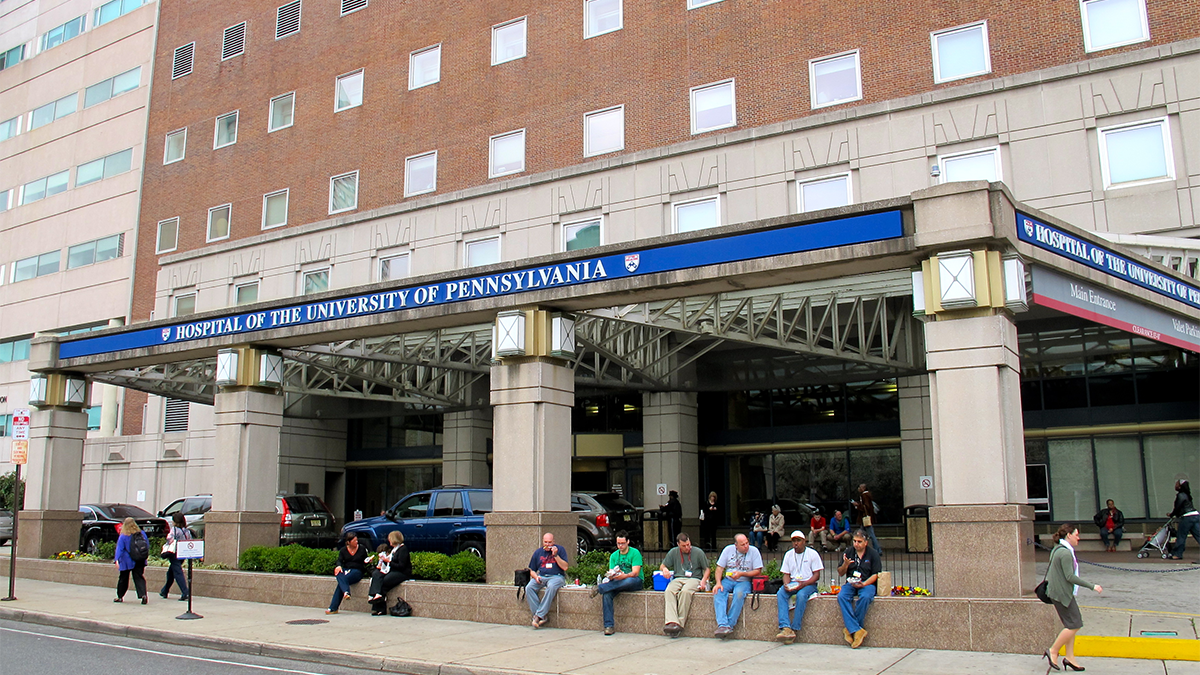With $185 million in earnings, HUP is nation’s seventh most profitable hospital

(Ashley Hahn/PlanPhilly)
While most hospitals in the country lose money delivering care to patients, some larger facilities, including the Hospital of the University of Pennsylvania, are earning sizable profits.
A new report in the journal Health Affairs finds that HUP earned $184.5 million in profits from patient care in 2013, the seventh highest amount in the nation. That figure doesn’t include more traditional hospital money-making activities, such as parking fees, property rental, charitable donations and other non-operational functions.
“They have to make a profit in order to be sustainable, but the study shows that many of them are making outrageous profit,” says Ge Bai, an assistant professor at Washington and Lee University and a co-author of the report.
Gundersen Lutheran Medical Center in Wisconsin ranked first overall, earning $302.5 million in 2013 from patient care, followed by Sutter Medical Center in Sacramento, California, with $271.9 million, and Stanford Hospital in Palo Alto, California, which took in $224.7 million. Nearly 3,000 hospitals were included in the report, which relied on data from the Centers for Medicare and Medicaid Services.
Bai said the high profit margins from patient care suggest certain hospitals are using their leverage to negotiate higher payments from insurers. Patients, ultimately, pick up some of that tab through higher premiums or expensive out-of-network charges.
“The bigger fish get fed first,” said Rob Field, a professor of law and public health at Drexel University. “If you are a bigger hospital system, you can get higher rates from insurance companies.”
While Philadelphia remains a competitive landscape for hospitals, Field said, an insurance company must include HUP in its network, or customers and employers won’t choose its policies. With that bargaining leverage, HUP can increase its sticker price for care.
“The real question is what they’re doing with those excess funds,” he said. “Is this benefiting the community, or is this going to high salaries for executives or unnecessary amenities?”
In a statement, Penn Medicine said its “excess revenue derived from clinical care at HUP is used to subsidize initiatives across the organization, including supporting and improving critical programs like a Level I trauma center and neonatal intensive care units.”
Officials added that profits earned from patient care also fund research activities and educational initiatives at the Perelman School of Medicine.
The report’s authors conclude that policy makers should press hospitals, including tax-exempt nonprofit facilities such as HUP, to improve their transparency in how they make and spend money.
WHYY is your source for fact-based, in-depth journalism and information. As a nonprofit organization, we rely on financial support from readers like you. Please give today.

